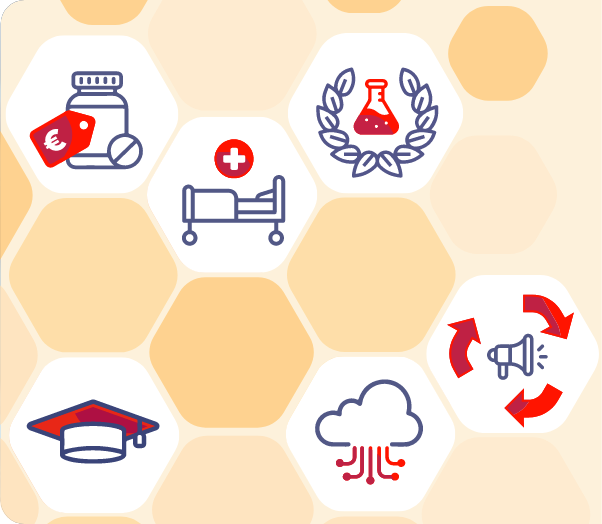Sudden cardiac arrest (SCA) remains a significant public health challenge, accounting for nearly 20% of all deaths in developed nations and approximately half of all heart disease-related fatalities. A notable subset of SCA cases occurs in individuals without prior heart disease diagnosis, resulting in profound psychosocial impacts on affected families and society. Ventricular fibrillation (VF) is the primary arrhythmia leading to SCA, often occurring outside healthcare settings with survival rates ranging from 5% to 20%. Prevention is crucial, yet gaps in our understanding of SCA causes and mechanisms hinder effective prevention efforts. Various genetic and non-genetic factors, such as gender, age, comorbidities, and lifestyle, likely influence SCA risk, but their specific contributions remain unclear.
The Focus
The PREDICT2 initiative brings together leading Principal Investigators with expertise in epidemiology, clinical studies, genetics, and functional research to elucidate factors contributing to SCA, uncover underlying mechanisms, and develop strategies for prevention and treatment.
The Research
Building on foundational work from PREDICT1, which involved extensive patient characterization and preclinical model development, PREDICT2 focuses on inherited arrhythmia syndromes as models to understand the arrhythmogenic substrate in more common cardiac syndromes associated with SCA. Specifically, PREDICT2 aims to:
Origin
This consortium was funded through the Impulse Grant program by the Dutch Heart Foundation.

